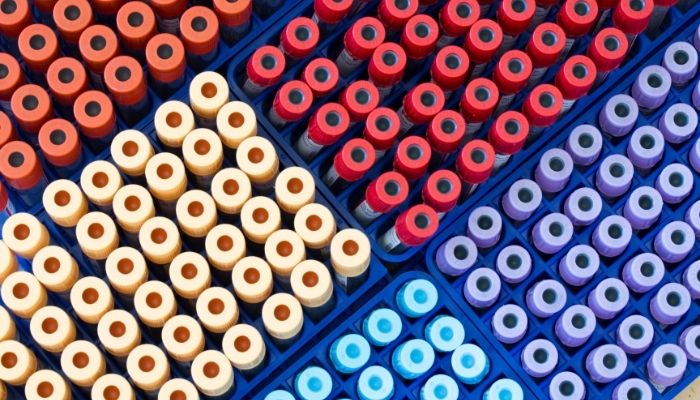If you’re interested in the world of phlebotomy, there can be a lot to learn. Consider the basics of phlebotomy and what you need to know about this fascinating procedure.
What Is Phlebotomy?
Phlebotomy refers to the process of taking blood from a vein with a needle, usually for laboratory testing purposes. However, phlebotomy can also mean removing extra red blood cells from the blood, which helps treat certain blood disorders; this is known as therapeutic phlebotomy. The people who carry out these procedures are called phlebotomists. Phlebotomy can assist in treating hemochromatosis, nonalcoholic fatty liver disease, polycythemia vera, sickle cell disease, porphyria cutanea tarda, and other conditions. Phlebotomy is a helpful medical tool for doctors to assist patients with these conditions. A few common errors can occur in phlebotomy, but there are ways to avoid them. If you’re training to be a phlebotomist, it’s crucial to avoid missteps.
What Is the History of Phlebotomy?
Phlebotomy was first performed using leeches and incisions as a way of bloodletting, or removing blood from the body. Bloodletting was considered a therapeutic process thought to balance the body’s humors. Barber-surgeons were responsible for the health of their communities and performed the bloodletting process. Nowadays, phlebotomy practices are far removed from these dated methods. Phlebotomists are trained professionals who now use standardized procedures backed by thorough scientific research.
What Is the Phlebotomy Process?
Most blood draws don’t require any special preparation unless a doctor gives specific orders to fast beforehand. Usually, a phlebotomist will have a patient sit or lie down, make a fist with their hand, and tie a tourniquet on the upper arm to bring the patient’s veins closer to the surface. The patient should be prepared for a quick pinch as the phlebotomist inserts the needle into their vein and draws blood. Then the patient should be able to relax as their blood draw or therapy begins. Afterward, the patient should apply gentle pressure with a bit of gauze to the spot of the blood draw and leave the provided bandage on for a few hours as their arm heals.
How Will Patients Feel After Phlebotomy?
There are a few common side effects after a blood draw. Some people experience nausea, lightheadedness, sweating, or might even faint. Since patients will be seated during the procedure, they shouldn’t have to worry about falling; the phlebotomist will instruct patients to stay seated until they feel ready to stand up again. If a patient has a significant amount of blood drawn, they should drink plenty of water and avoid alcohol for a certain amount of time afterward.
Whether you’re having a phlebotomy procedure or interested in becoming a phlebotomist, understanding the basics of phlebotomy and what you need to know will help you come prepared.
































